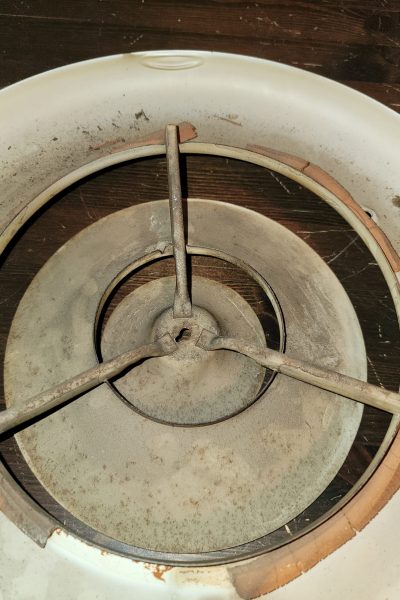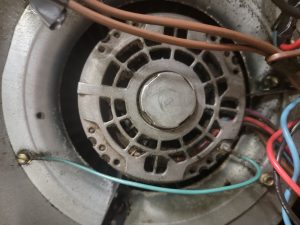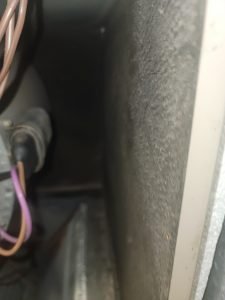
Millions of cubic feet of air are passed through a forced air system in a year and the system will become a reservoir of particulate contaminants which will shed into the living environment. The system also transports other airborne contaminants generated from the occupied spaces throughout the building.
Areas of inspection include the air handling unit (AHU), plenums, filter cabinet, AC coils, as well as all accessible supply and return ductwork including the room registers and diffusers.
The objective of a Commercial or Residential HVAC Inspection is to physically assess the cleanliness of the HVAC System, which is defined by the presence of dirt, obstructions, excess moisture, and microbial contamination that might affect the system operation and overall Indoor Air quality (IAQ) of the building. This service also includes the measurement of airborne dust and submicron size particle discharge of the conditioned air supply to determine the effectiveness of the inline filter. Other airborne contaminants being passed through the system into the occupied spaces are also measured and compared to the indoor levels to determine the likely impact on the overall IAQ.



List of contaminants to be measured:
- TVOC (Total Volatile Organic Compounds)
- PM2.5/10.0- Inhalable Particle/Chemical mass
- Total Particles
- Respirable Particle counts (RPC) – from .3 to 10.0 microns
- Mold Spores. Bacteria may also be tested for if a biofilm is found in the system.
- CO- carbon monoxide
- Co2- carbon dioxide
- RH%- Relative Humidity

From these results, an evaluation of the overall IAQ is made as well as a corrective plan of action.

